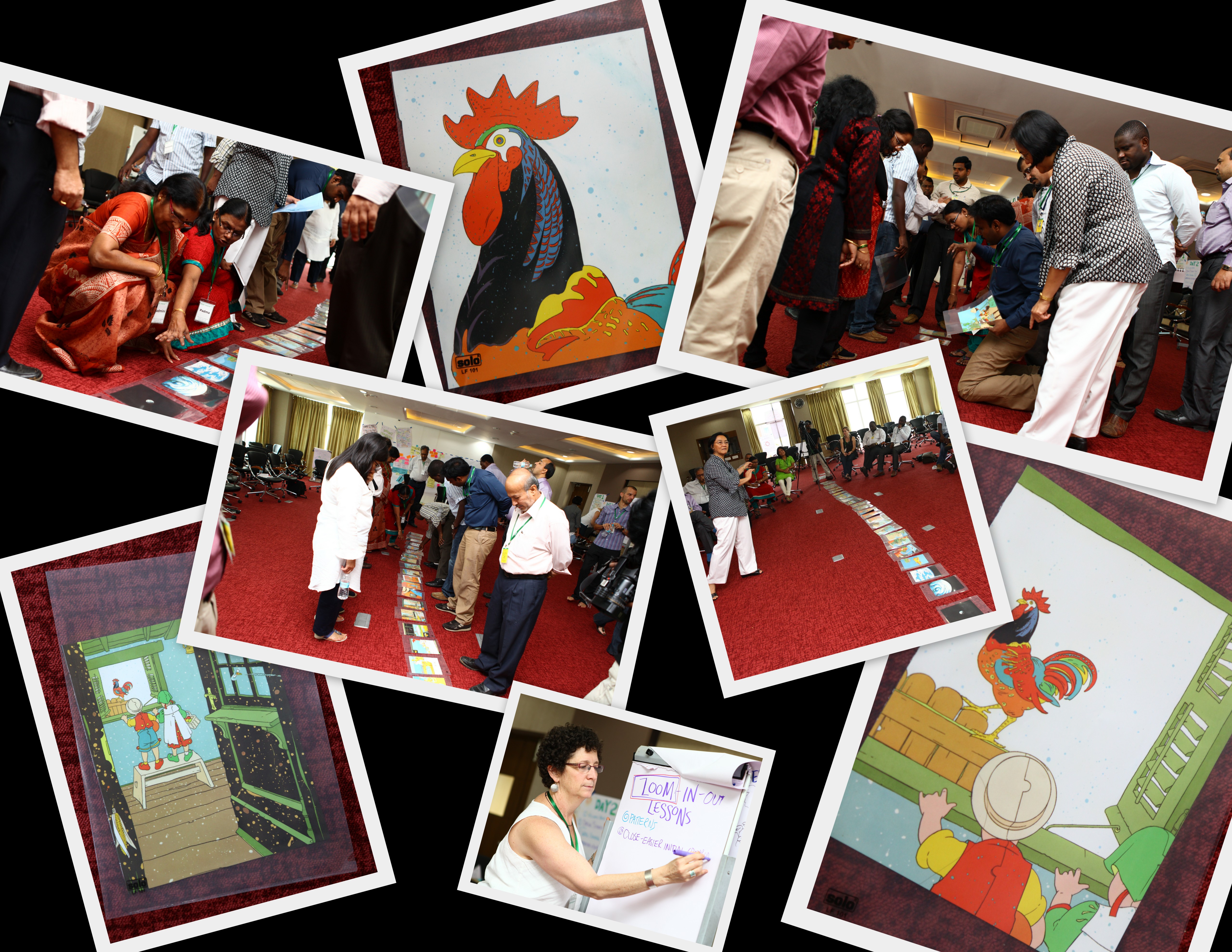 Last month I finally got a chance to use a facilitation activity called Zoom which I found on the Wilderdom’s Game resource page — a great resource! I deeply appreciate that they put the “copyleft” designation on all their resources. THANKS! As I learned and read facilitation ideas from other sites, I realized I should share some of my experiences as well. Here is the description from Wilderdom’s resource page (which also includes all instructions – I’ve attached a pdf copy at the bottom for taking to an event, but please DO visit their page!):
Last month I finally got a chance to use a facilitation activity called Zoom which I found on the Wilderdom’s Game resource page — a great resource! I deeply appreciate that they put the “copyleft” designation on all their resources. THANKS! As I learned and read facilitation ideas from other sites, I realized I should share some of my experiences as well. Here is the description from Wilderdom’s resource page (which also includes all instructions – I’ve attached a pdf copy at the bottom for taking to an event, but please DO visit their page!):
This game is based on the intriguing, wordless, picture books “Zoom” and “Re-Zoom” by Istvan Banyai which consist of 30 sequential “pictures within pictures”. The Zoom narrative moves from a rooster to a ship to a city street to a desert island and outer space. Zoom has been published in 18 countries. The Re-Zoom narrative moves from an Egyptian hieroglyphic to a film set to an elephant ride to a billboard to a train.
I’ve done similar activities, but I love the multicultural perspective of Istvan Banayi’s books, so now I’ve stocked up on multiple copies of both ZOOM and RE-ZOOM, and have on my to do list to break them down and put into protective pages. I left the last set with my colleagues at ICRISAT in Hyderabad. I am also keeping my eye out for used copies, because I like the idea of leaving the book pages behind for groups to use with OTHER groups they work with. Viral facilitation and collaboration!
We did the exercise with a large group of social scientists who work in different parts of the world. Most of their work is done in smaller teams, but there was a real need to connect as a whole team as well. It was very interesting to observe the exercise. First we started with the version where you can’t show your card to anyone else. The group didn’t make much progress finding their order. Imagine if we had tried the “no talking” version! With the “no show” round, I asked if they were ready to show and see if they got it. There were some totally confident and others totally sure they did not have it. So I asked them to put themselves in order (again without showing the cards) and then we’d check. Uh uh, not even close.
Then they used visual clues to reorder the series. This is where a few individuals really went to work and the rest of the group stood back. It was an interesting shift in agency. When there was a higher degree of “not knowing,” more of the team participated in working the solution.
When we debriefed, I did notice a shyness to share some of the observations people gave me individually as the power dynamics in the group made some of these things harder to say. I try not to be the voice for others in the room, so I had to represent my observations as just that — my observations. But I need to think more critically how to handle this during the debrief.
Here are a few angles on our play together…
Resources from Wilderdom, copyleft – please share with attribution out of kindness!
